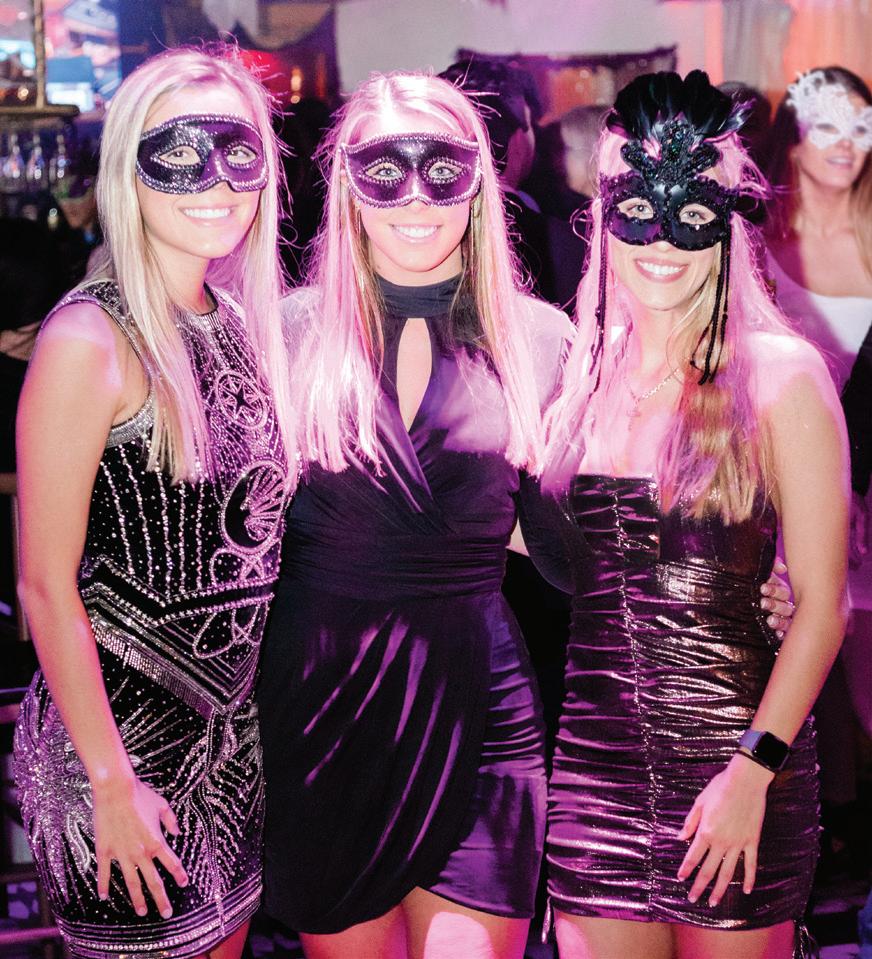IMPACT & GIVE BACK
HONORING SERVICE BY LIESEL SCHMIDT
W
hen we think of those who serve in the military, we think of men and women in uniform, brave individuals who swear an oath to defend their country against all enemies, foreign and domestic. We think of their sacrifice and selflessness, their dedication and bravery in knowing what they’re signing on for when they put on that uniform.
Their service is remembered and acknowledged—saluted, even. We memorialize and celebrate them, mourn their loss and try our best to offer them support when they need it. But there are still some heroes whose service goes largely unrecognized: the dogs who are trained to be battle ready and accompany teams on missions. Sadly, when their service is no longer needed, these dogs face another battle as age, health, and even emotional issues threaten the future they should be able to enjoy after years of faithful duty. Unlike humans, the dogs that serve as military working dogs (MWDs) are not recruited and offered incentive for signing on the dotted line. Rather, they are “owned” by the military and are used in all branches of service. As a K9 handler in the Army, Rick Hogg was responsible for the dog serving with his unit, keeping him trained and in shape for missions and— essentially—being like his partner. His first MWD, Marco, was a learning experience, one that taught him the importance of treating the dog in his charge as a dog, rather than as a weapon of war. Having joined the Army in 1987, Hogg had always felt destined for Special Forces and came from a line 70
SOCIAL NORTHSHORE
of military men, his grandfather having served in WWII, while his father served as a Marine in Vietnam. It wasn’t until he was approached by his command about becoming a handler, however, that Hogg even considered taking on the responsibility of a dog attached to his unit. With Marco, Hogg found his footing as a handler and learned how to navigate the challenges. “Once I learned to treat him like a dog instead of a weapon, our bond became stronger,” Hogg explains. “A big challenge is learning to read your dog’s change of behavior. These dogs ask for nothing but need everything, just like a child—but this child will save your life or the lives of the members of his pack and will give his life if needed.” It was Duco, however—Hogg’s second MWD—that made the greatest impression and became an important part of Hogg’s life. Named in honor of the very first of the elite bloodline of dogs of the Koninklijke Nederlandse Politiehond Vereniging (KNPV)—the Royal Dutch Police Dog Association— Duco became Hogg’s primary K9 in 2012 and served with him for the next five years, retiring in 2017 alongside Hogg. During that time, the pair formed an incredible bond—one that lasted the rest of his life. “What made Duco so special was his ability to switch gears,” Hogg says. “He was a very social dog but an absolute beast on the battlefield. He was a quick learner, tuned in to his environment, independent, knew no fear and the best combat asset when we would go out the door into the unknown.”












